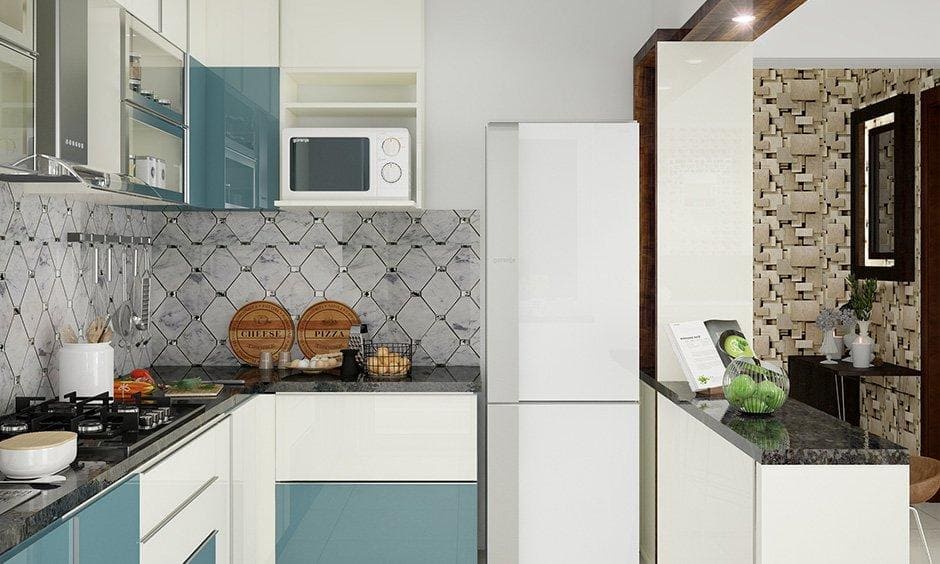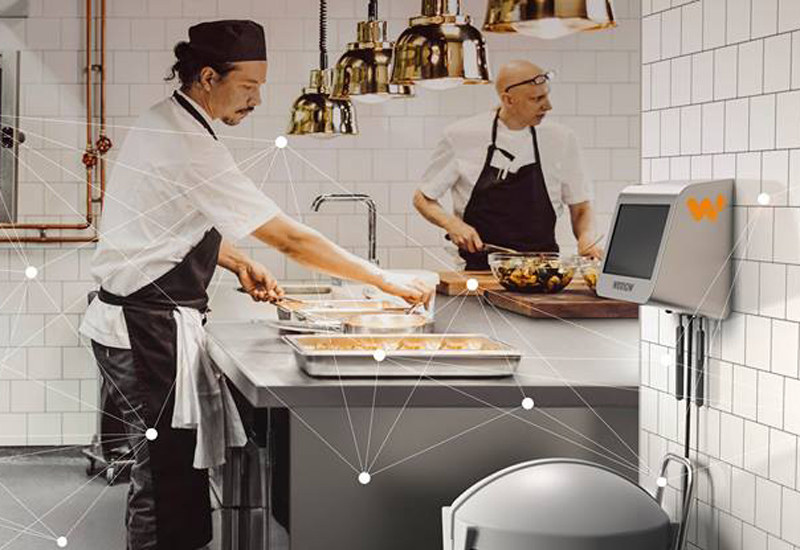In the ever-evolving landscape of home automation, the integration of geofencing technology marks a significant milestone. By strategically placing the concept of geofencing within the initial paragraphs, it becomes evident how pivotal this innovation is in modernizing our living environments. Geofencing in home automation is a game-changer, offering unprecedented convenience and efficiency to households worldwide.

Understanding Geofencing Technology
Geofencing is a location-based technology that creates a virtual boundary around a specific area. When a device crosses this boundary, certain actions are triggered automatically. This can include anything from sending notifications to activating particular devices within a home. The potential applications of geofencing in home automation are vast and varied.
The Role of Geofencing in Smart Homes
The integration of geofencing into smart homes allows for the automation of tasks based on a user’s location. For instance, as you approach your house, your smart home can prepare for your arrival by adjusting the thermostat, turning on lights, and even opening the garage door. This seamless operation not only enhances convenience but also contributes to energy efficiency.
How Geofencing Improves Security
Security is a primary concern for homeowners, and geofencing offers innovative solutions. By setting up geofences around your property, you can receive alerts when someone enters or exits the area. This can be particularly useful for monitoring the movements of children or elderly family members, ensuring their safety at all times.
Personalizing Home Automation with Geofencing
One of the most appealing aspects of geofencing in home automation is the ability to personalize settings according to individual preferences. Each family member can have their own geofence settings that trigger specific actions. For example, a teenager returning home might prefer the stereo to play their favorite playlist, while parents might prioritize energy-saving settings.
Enhancing Energy Efficiency
With geofencing, energy efficiency is significantly enhanced. The system can automatically adjust heating, cooling, and lighting based on whether anyone is at home. This not only reduces energy consumption but also lowers utility bills, making it a cost-effective solution for households.
Integrating with Existing Systems
Most modern home automation systems are compatible with geofencing technology. This allows for seamless integration with existing devices and appliances, further enhancing the smart home experience. Whether you’re using a basic setup or an advanced system, geofencing can be incorporated to maximize functionality.
Challenges and Considerations
While the benefits of geofencing in home automation are numerous, there are also some challenges to consider. Privacy concerns are often cited, as the technology relies on tracking the location of devices. It’s essential to ensure that user data is protected and that privacy settings are appropriately configured.
Overcoming Privacy Concerns
To address privacy concerns, it’s crucial to choose reliable home automation providers that prioritize data security. Regularly updating software and understanding the privacy settings of your devices can help mitigate potential risks.
Technical Limitations
Another consideration is the technical limitations associated with geofencing. The accuracy of location tracking can be affected by various factors, including GPS signal strength and device compatibility. It’s important to test and adjust settings to ensure optimal performance.
Future of Geofencing in Home Automation
The future of geofencing in home automation looks promising. As technology continues to evolve, we can expect even more innovative applications and improved accuracy. The integration of artificial intelligence and machine learning could further enhance the capabilities of geofencing, making it an indispensable component of the smart home ecosystem.
Potential Innovations
Future innovations may include more intuitive and personalized interactions, where home automation systems anticipate user needs based on past behavior. This could lead to even greater efficiency and convenience, transforming the way we live.
Expanding Applications
Beyond residential settings, geofencing has the potential to revolutionize other sectors, such as commercial and industrial applications. By expanding the use of geofencing technology, we can create smarter, more connected environments.
Conclusion
In conclusion, geofencing in home automation represents a significant advancement in creating smarter and more efficient living spaces. By understanding and addressing the challenges and embracing future innovations, we can fully harness the potential of this transformative technology.

FAQs
What is geofencing in home automation?
Geofencing in home automation refers to the use of location-based technology to automate tasks within a smart home. It creates virtual boundaries that trigger specific actions when crossed by a device.
How does geofencing improve home security?
Geofencing enhances home security by sending alerts when someone enters or exits designated areas. This allows homeowners to monitor movements and ensure the safety of family members.
What are the privacy concerns with geofencing?
Privacy concerns with geofencing include the tracking of device locations. To address these concerns, it’s important to choose reputable providers and configure privacy settings appropriately.
For more insights into smart home automation, you can visit smart home for elderly care and home automation with raspberry pi. Additionally, explore smart ways to automate your short-term rental to learn more about innovative automation solutions.





